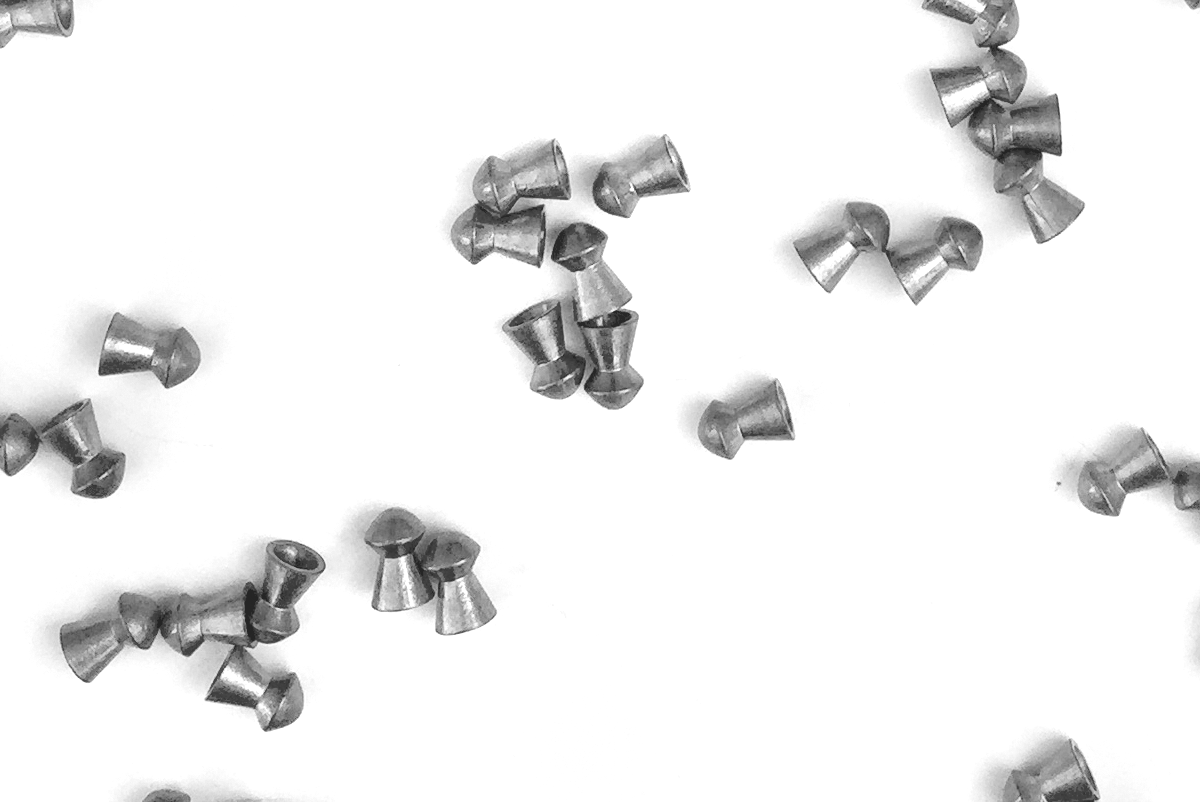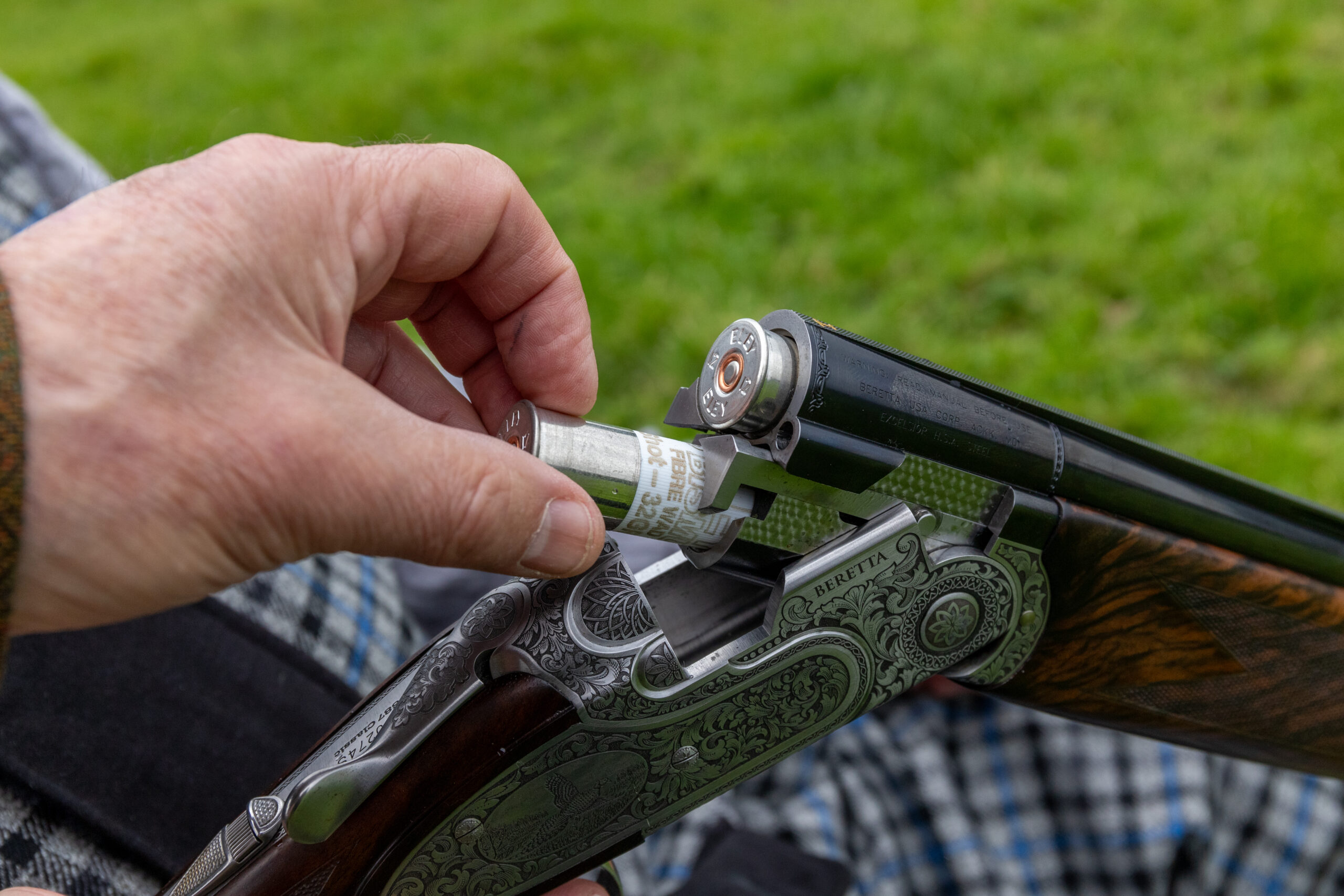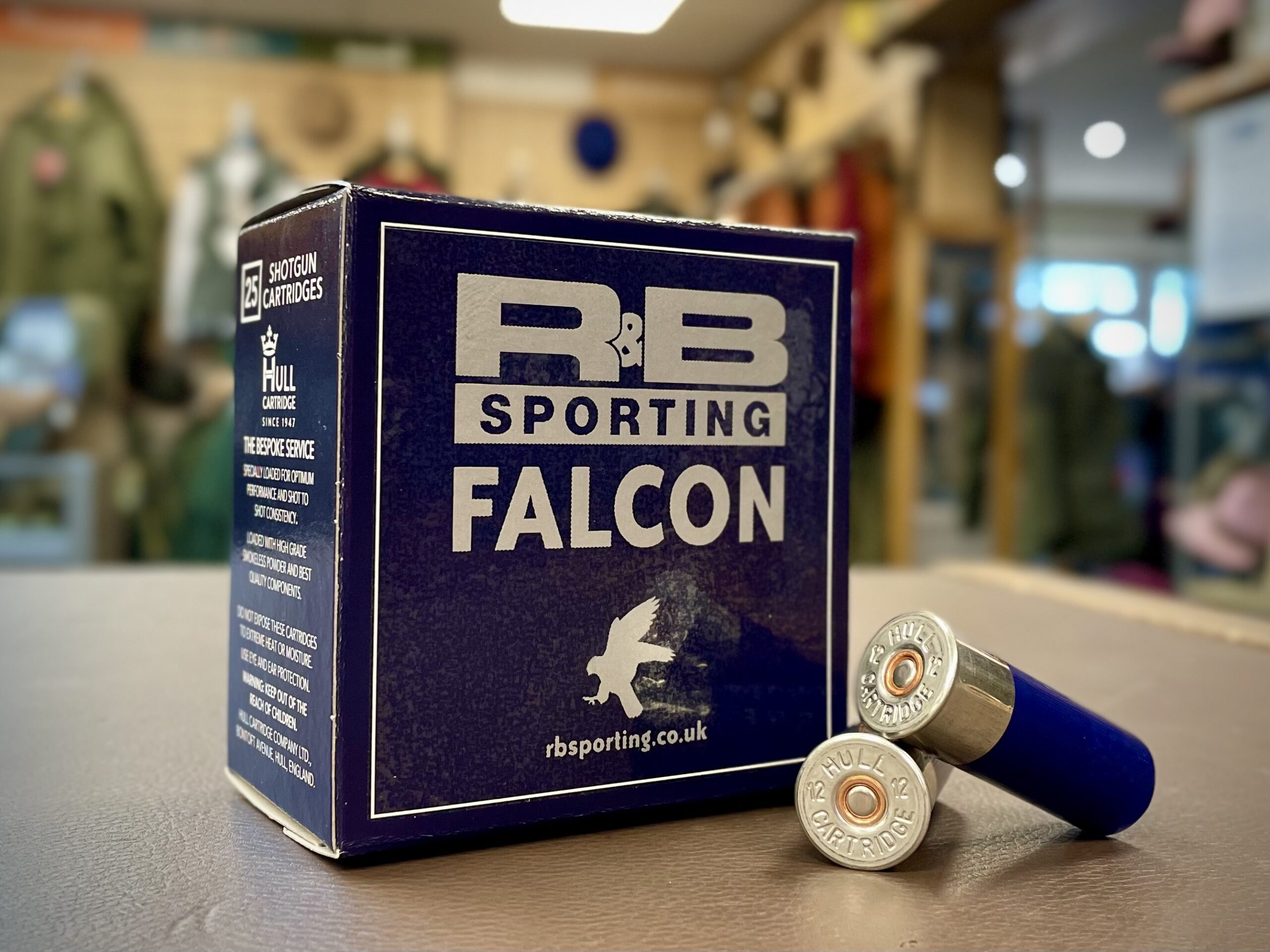Why airgun pellets still represent great value for money
The cost of living is always increasing, but Mike Morton reckons we’re still getting great value for money when it comes to airgun pellets

Prices are rising universally, and our sport has been hit just like everything else. There’s certainly cause for complaint, but there’s also one area where I believe this complaint is a little less justified, and that’s to do with the price of airgun pellets.
I’ve recently heard fellow shooters grumbling about how much a tin costs compared with how much it used to. That’s a bit of a subjective remark, unless you are talking about specific prices from specific periods in time. Nevertheless, the argument is that airgun pellets are far dearer now than they used to be.
I have two observations to make on that score. First of all, were they really any less expensive when you look at the value of a pound then and now? And secondly, were those airgun pellets any good? Did they really represent better value for money?
In terms of quality, I genuinely believe we’ve never had it so good. I’ve opened plenty of tins of airgun pellets over the past 40 years or so, finding all sorts of varying shapes and sizes inside rather than the identical airgun ammunition I thought I was buying.
In contrast, modern manufacturing techniques have led to vast improvements being made in terms of a pellet’s consistency, and as we know consistency is the key to accurate shooting.
Yes, pellets cost more than they did, but airgun ammunition is still way cheaper than shotgun, rimfire or centrefire cartridges. A shooting buddy of mine recently bought some Federal ammunition for his Tikka T3X centrefire rifle which is chambered in 6.5 Creedmoor. That cost him £39 for a box of 20 cartridges, which works out at £1.95 per round. Now I’m not suggesting for a moment that one of my .177 airgun pellets can do the same job as that 6.5mm bullet, but when my friend and I take aim with our respective rifles we do ultimately have the same objective – to hit the target we are aiming at.
Say a typical tin of airgun pellets sells for £15 for 500 in .177. That sounds like a lot of money, but it works out at just 2.83p per pellet. Using the Creedmoor example above, the airgun shooter can take 68 shots for each single bullet fired from the centrefire. I freely admit firing a 6.5mm bullet puts a huge smile on my friend’s face (and mine too, for that matter!). But it doesn’t do it 68 times.
Maybe you don’t accept that argument and still think airgun pellets are too dear. In that case, the answer is to shoot fewer pellets. In the target shooting world, much emphasis is placed on practising shooting techniques without firing a shot. Dry-firing, whch can safely be done with non-recoiling PCPs and CO2 guns, can indeed be a great way to hone skills such as trigger control and follow-through.
During one range session when I took my NSRA club coaching course a few years ago, we did get to shoot pellets, but did not get to inspect the targets, as the point of the exercise was again to hone technique, not examine a scorecard. So to conserve airgun ammo, and therefore our cash, we can either dry-fire when it’s practical to do so, or take fewer shots.
It’s great fun to work our way through a tin of pellets in a single plinking session, where volume is part of the enjoyment. But if we are trying to maximise bang for buck, then it might be worth slowing down the pace a bit, trying to make each pellet ‘the one’ rather than taking a blunderbuss approach and consequently saving some money.
While there are specialty pellets and lead-free examples that do push up prices, the humble lead diabolo really is all most of us need. So perhaps our pellets aren’t so expensive after all.








